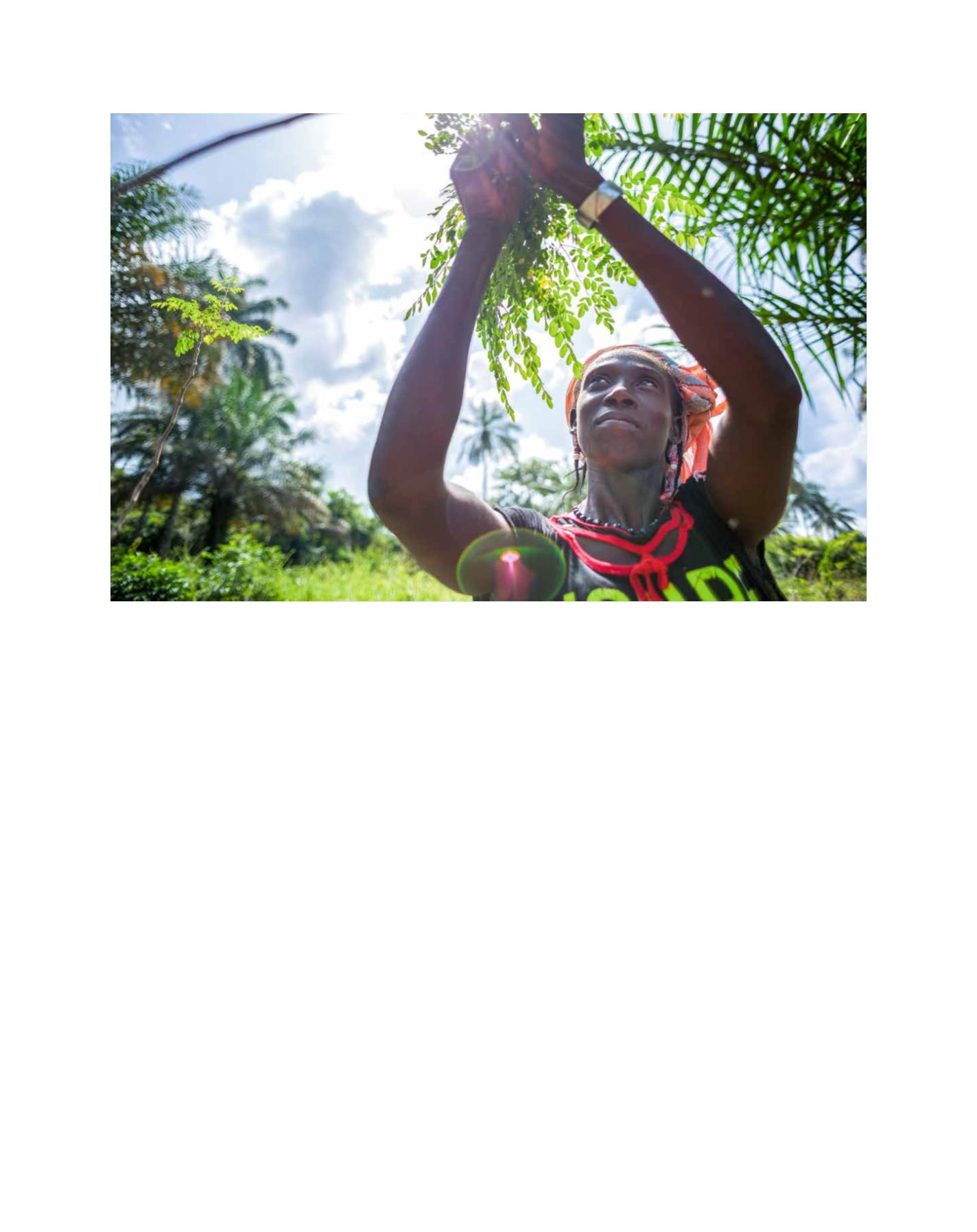

[
]9
proportion in 1995. This is nowhere near parity and the rate
of change is still too slow, but it is progress.
Governments often are, and will continue to be, key drivers
of gender equality. They can take a range of important actions,
such as passing new laws or strengthening existing ones
to improve women’s economic empowerment; form new
programmes or build upon existing ones to eradicate violence
against women and girls; or encourage women’s participation
in decision-making. Governments can also invest in national
action plans or policies for gender equality, or create public
education campaigns to the same end.
In September 2015, UNWomen co-hosted a ‘Global Leaders’
Meeting on Gender Equality and Women’s Empowerment:
A Commitment to Action’. At that meeting, and in the year
since, some 93 heads of state have made clear and concrete
commitments to gender equality. For example, Japan commit-
ted to “boost women’s leadership and development assistance
for gender equality,” while Kenya committed to “reproductive
health, [and] progressive action towards economic empower-
ment.” Estonia committed to “reduce the gender pay gap and
protect against discrimination under the first national gender
equality action plan,” and the United States committed to
“work towards a world where every woman and girl can enjoy
their rights and freedoms.”
1
Partnering with these governments, we can make impor-
tant strides on a range of priority issues, such as providing
support and protection to women who work in domestic care,
and other parts of the informal economy. With government
support, we can continue to tackle the persistent wage gap,
and work on changing outdated laws as well as implementing
the good laws that are designed to protect women.
Other stakeholders, such as United Nations agencies;
regional bodies and international organizations; civil society,
which can comprise both international and local non-
governmental organizations; foundations; the private sector;
academia and the media will also play a big role in ensuring a
gender responsive implementation of the SDGs.
Civil society has the unique ability to hold governments to
account for their commitments made in bilateral or multilat-
eral agreements, such as Agenda 2030. Indeed, the fact that
the new agenda is so emphatic in its gender equality outcomes
and grounded in international human rights standards owes
much to the strong and effective participation of well-organ-
ized women’s rights and civil society organizations. The role
of a strong civil society will continue to be critical in the
implementation of the SDGs and the leadership and strength
of the transnational women’s movement will be necessary to
hold governments to account for their commitments to peace,
plurality, justice and equality and a sustainable planet.
In many countries of the world, there are new and fierce
attacks on democratic actors and democratic space. Civil
society and in particular women’s rights activists and other
social justice actors are facing serious threats to their work
and lives, and the very legitimacy of their political work is
Image: UN Women/Joe Saad
In Guinea, Partenariat Recherches Environnement Medias has helped rural women to form cooperatives and plant, harvest and sell
the leaves of the vitamin-rich Moringa tree
G
ender
E
quality
and
W
omen
’
s
E
mpowerment
















